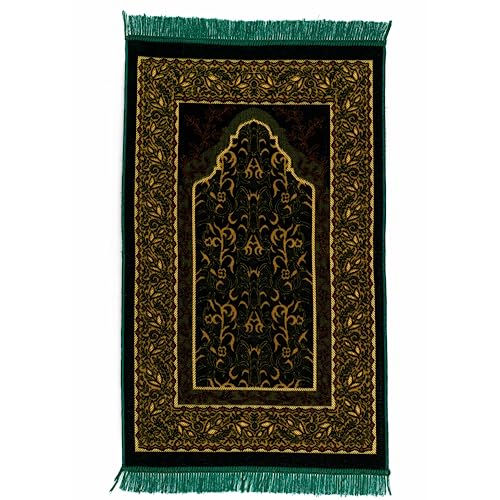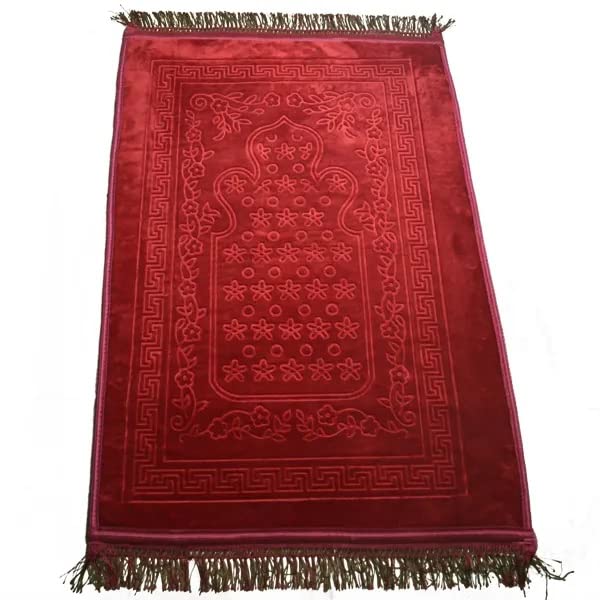Understanding Prayer Rugs
If you’re a practising Muslim, owning a prayer rug is essential for performing your daily prayers. While it is common to see prayer rugs in various designs, not all of them may be genuine. So, how do you identify a genuine prayer rug?
Identifying the type of weave
The type of weave used to make the rug can be a significant giveaway. Genuine prayer rugs are typically made using a single-knot or double-knot technique with silk or wool. Some of the popular weaving techniques include Turkish or Persian knots, which lend a unique texture to the rug. If the rug is made of synthetic materials or has uneven knotting, it may not be genuine.
Design and Symbols
The design and symbols on the prayer rug are also crucial in determining its authenticity. The most common designs on genuine prayer rugs include intricate geometric shapes and arabesque patterns. You may find some prayer rugs with floral patterns or images of mosques or Kaaba, although this is rare. Prayer rugs with human or animal figures are not considered genuine.
Size and Shape
Prayer rugs typically come in a standard size of around 2ft x 4ft, although this can vary depending on the manufacturer. Genuine prayer rugs also have a rectangular shape, so if the rug you’re looking at is circular, it may not be genuine. Additionally, prayer rugs should be lightweight and easy to fold, making them convenient for travel.
Authenticity Markings
Finally, genuine prayer rugs are likely to have some form of authenticity markings. For instance, Turkish prayer rugs may have a stamp or signature of the weaver or manufacturer. Similarly, Iranian prayer rugs come with a label that indicates the material used, country of origin, and other necessary details. If there are no authenticity markings, the prayer rug may not be genuine.






